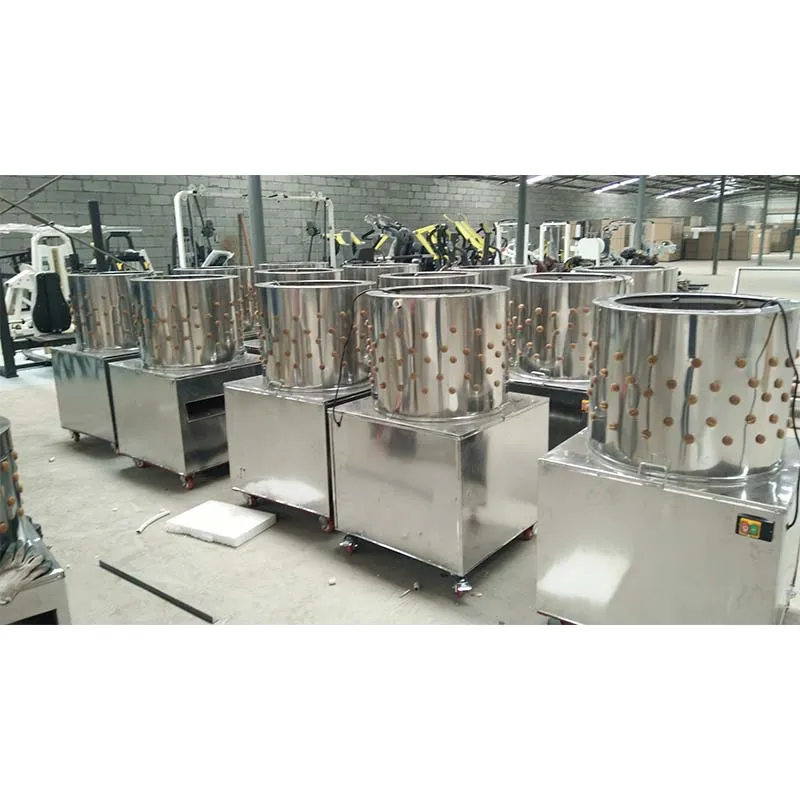Innovative Floating Fish Feed Production Facility for Sustainable Aquaculture Solutions
Nov . 10, 2024 19:05 Back to list
Innovative Floating Fish Feed Production Facility for Sustainable Aquaculture Solutions
Floating Fish Feed Plant Revolutionizing Aquaculture
The aquaculture industry has witnessed expansive growth over the past few decades, primarily due to increasing global demand for seafood and a heightened understanding of sustainable practices. One vital component of aquaculture is the fish feed, which greatly impacts fish growth, health, and overall production efficiency. Emerging technologies have paved the way for floating fish feed plants, which have revolutionized the way fish feed is produced and utilized in the industry.
Significance of Floating Fish Feed
Floating fish feed has gained popularity over the years due to its numerous advantages over traditional feed types. Unlike sinking feeds, floating feeds remain on the surface of the water, allowing for easier feeding and monitoring. Fish are instinctively more attracted to food that is readily visible, which enhances feed intake and reduces waste. The floating nature of the feed also allows for better digestion and absorption of nutrients, leading to healthier fish and improved growth rates.
Moreover, floating fish feeds are significantly beneficial for specific fish species that are surface feeders, such as tilapia and catfish. These fish categories thrive best in conditions where feed is presented at the water’s surface, which can be effectively achieved with floating feeds. Additionally, floating feeds maintain their structure and do not dissolve in water rapidly, thereby reducing pollution while maximizing feed efficiency.
Technology Behind Floating Fish Feed Plants
Modern floating fish feed plants utilize advanced technologies to produce high-quality feed pellets. The manufacturing process usually involves several key steps, including raw material selection, grinding, mixing, extrusion, drying, and cooling. Each step is meticulously controlled to ensure consistency in the quality of the final product.
1. Raw Material Selection Ingredients for floating fish feed often include fishmeal, corn meal, soybean meal, and various other nutrients that enhance the diet's protein content. Selecting high-quality ingredients is crucial for producing a nutritious feed that meets the dietary needs of specific fish species.
floating fish feed plant

2. Extrusion One of the hallmark technologies used in floating fish feed plants is the extrusion process. During extrusion, the mixed raw ingredients are subjected to high temperature and pressure, which leads to gelatinization of starches and helps in the formation of the feed pellets. This process also eliminates harmful pathogens, ensuring the safety of the feed.
3. Pellet Formation and Drying After extrusion, the feed is shaped into pellets, which are then dried to reduce moisture content. Proper drying is essential to ensure the pellets remain buoyant and do not sink prematurely.
Environmental Considerations and Sustainability
As the fish farming industry grows, so does the responsibility of minimizing its environmental impact. Floating fish feed plants contribute to sustainability by promoting efficient feed use and waste reduction. By minimizing uneaten feed that sinks to the bottom and decomposes, aquaculture facilities can significantly reduce water pollution and improve overall aquatic health.
Furthermore, with the ongoing research into formulated feeds that substitute fishmeal with plant-based proteins and alternative sources, floating fish feed plants are increasingly focusing on sustainable ingredient sourcing. This shift not only protects marine ecosystems but also enhances the resilience of fish farming industries against fluctuations in raw material prices.
Conclusion
Floating fish feed plants represent a critical advancement in aquaculture, addressing the dual challenges of meeting the increasing demand for seafood and promoting sustainable fishing practices. By facilitating efficient feeding, enhancing fish health, and minimizing environmental impact, these facilities are pivotal in shaping the future of aquaculture. As research and technology continue to evolve, the floating fish feed industry is expected to expand further, potentially leading to even more innovative solutions that support both fish farmers and the environment. By investing in efficient and sustainable floating fish feed production, the aquaculture sector can ensure a stable and sustainable seafood supply for generations to come.
-
Hot Sale 24 & 18 Door Rabbit Cages - Premium Breeding Solutions
NewsJul.25,2025
-
Automatic Feeding Line System Pan Feeder Nipple Drinker - Anping County Yize Metal Products Co., Ltd.
NewsJul.21,2025
-
Automatic Feeding Line System Pan Feeder Nipple Drinker - Anping County Yize Metal Products Co., Ltd.
NewsJul.21,2025
-
Automatic Feeding Line System - Anping Yize | Precision & Nipple
NewsJul.21,2025
-
Automatic Feeding Line System - Anping Yize | Precision & Nipple
NewsJul.21,2025
-
Automatic Feeding Line System-Anping County Yize Metal Products Co., Ltd.|Efficient Feed Distribution&Customized Animal Farming Solutions
NewsJul.21,2025






